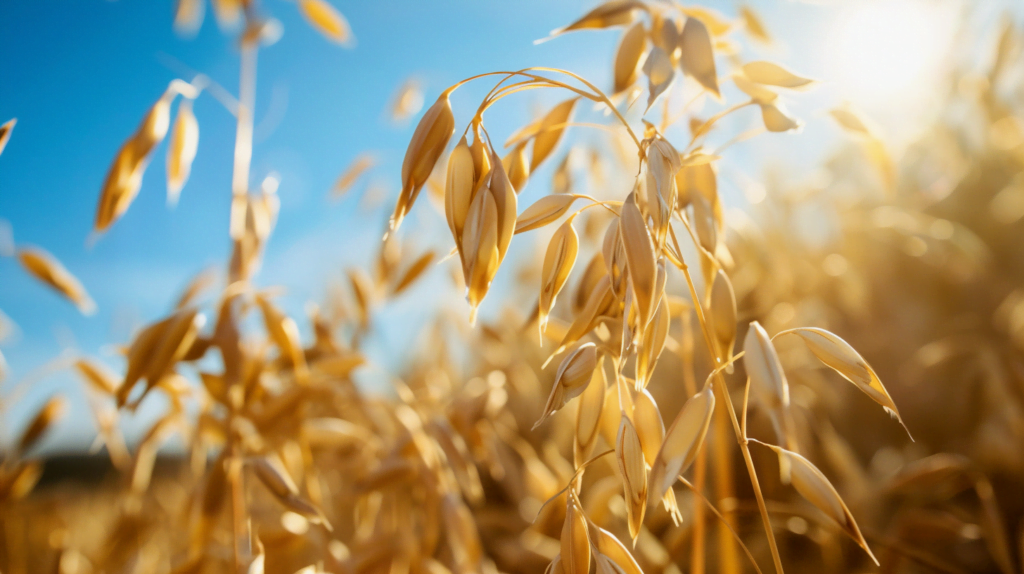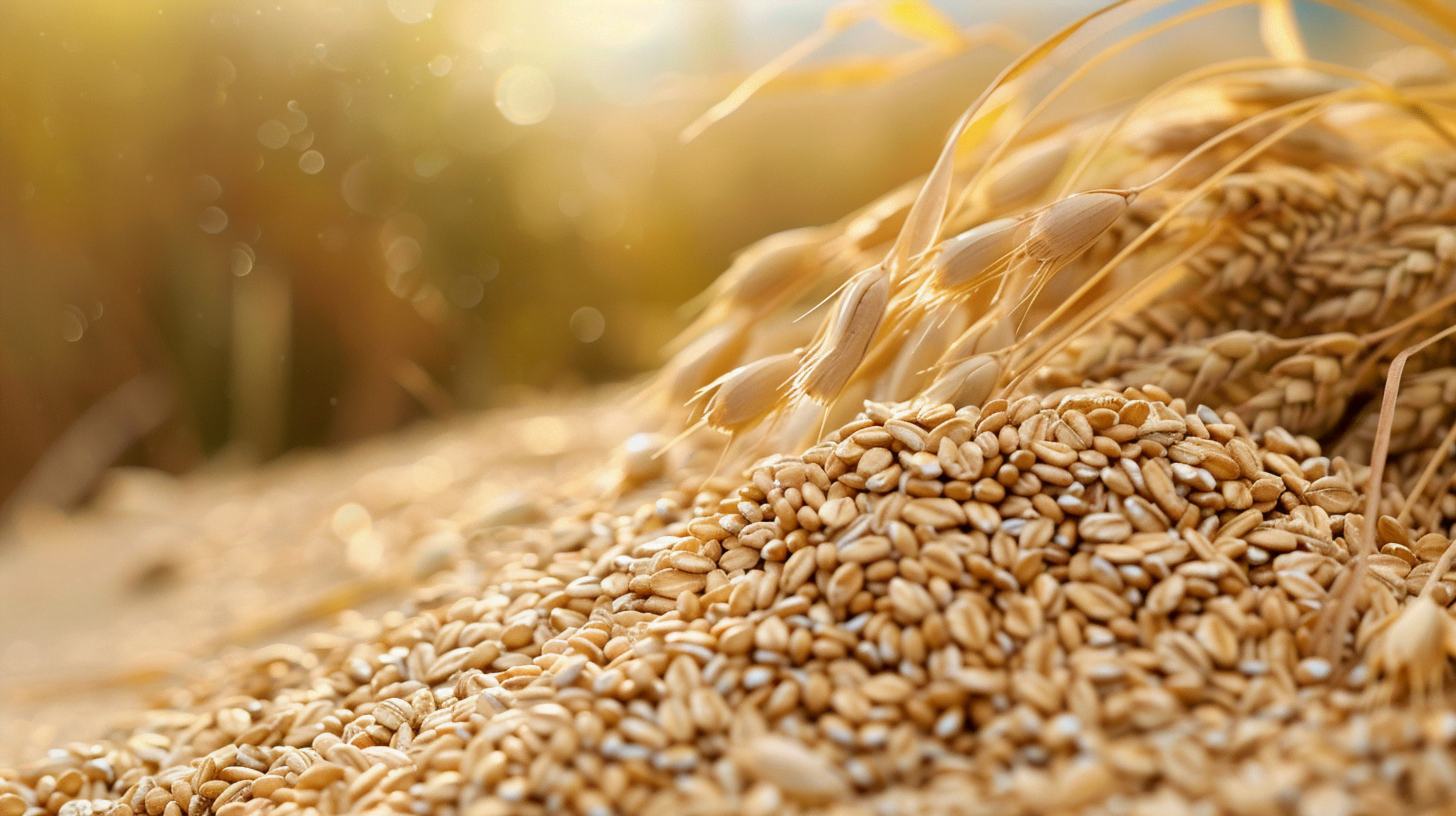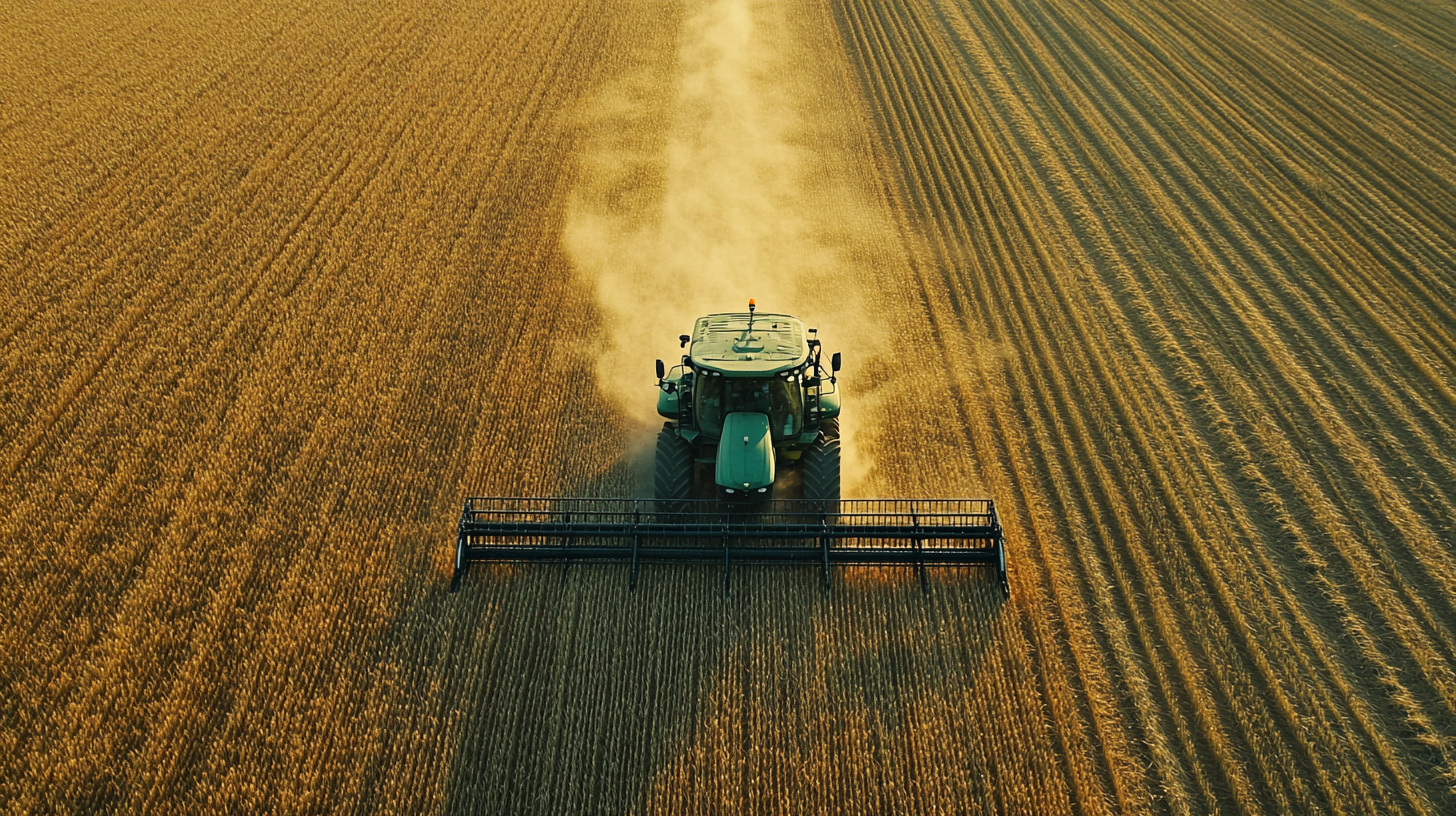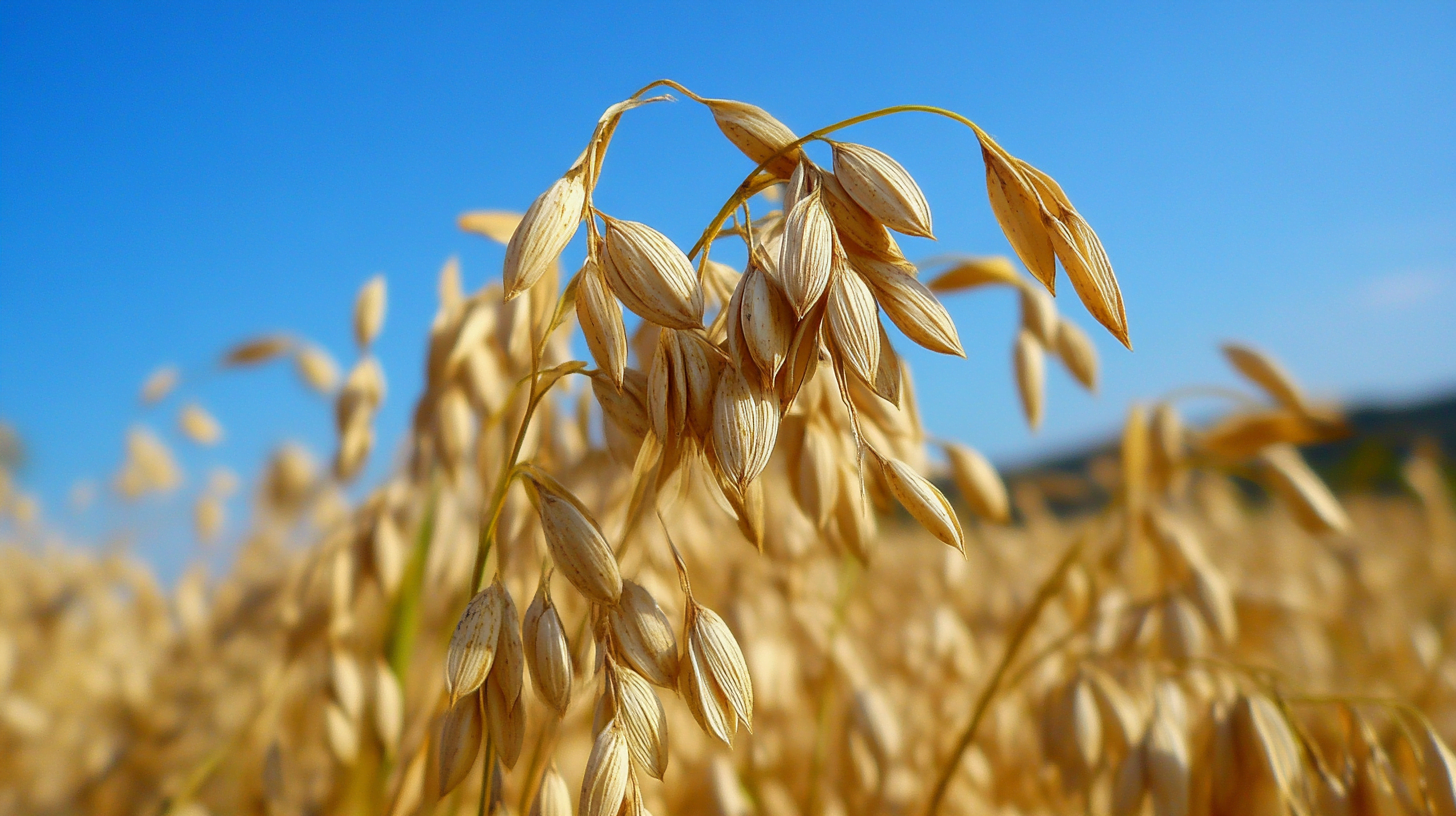Oats are a crucial commodity in the global food industry, known for their nutritional benefits and versatile uses. As the demand for oat-based products continues to grow, it’s essential to understand which countries are leading the way in oat exports. In this comprehensive guide, we’ll explore the world of oat production and trade, with a special focus on the country that exports the most oats.
Understanding Oats
Oats are a type of cereal grain known for their high fiber content and numerous health benefits. There are several types of oats, including:
- Rolled oats
- Steel-cut oats
- Instant oats
- Oat bran
Oats are an excellent source of nutrients, such as:
- Complex carbohydrates
- Fiber (beta-glucan)
- Protein
- Vitamins (B1, B5, B6, B9)
- Minerals (manganese, phosphorus, magnesium, copper, iron, zinc)
In addition to their use in breakfast cereals and baked goods, oats are also used in the production of animal feed and other industrial applications.
Global Oat Production
Oats are grown in various regions around the world, with the top producing countries being:
- Russia
- Canada
- Australia
- Poland
- Finland
Oat production is influenced by factors such as climate, soil quality, and farming practices. In recent years, global oat production has experienced steady growth, driven by increasing demand for oat-based products and the recognition of their health benefits.
Leading Oat Exporters
While several countries produce significant quantities of oats, not all of them are major exporters. The following countries are the leading oat exporters in the global market:
Canada: The World’s Largest Oat Exporter
Canada is the undisputed leader in oat exports, accounting for over 50% of the global oat trade. The country’s success in the oat market can be attributed to several factors:
- Ideal growing conditions in the Prairie Provinces (Alberta, Saskatchewan, Manitoba)
- High-quality oat varieties (e.g., AC Morgan, CDC Dancer)
- Advanced farming practices and infrastructure
- Strong support from the government and industry organizations
Canada’s major oat-growing regions include:
- Saskatchewan (50% of Canadian oat production)
- Manitoba (30%)
- Alberta (20%)
Other Major Oat Exporters
While Canada dominates the global oat export market, other countries also play significant roles:
- Australia: Known for its high-quality milling oats, Australia is the second-largest oat exporter.
- Russia: Despite being the world’s largest oat producer, Russia’s exports are relatively lower due to domestic consumption.
- Finland: Famous for its high-quality, gluten-free oats, Finland is a significant player in the European oat market.
- Sweden: Sweden is known for its innovative oat-based products and is a major supplier to the European market.
The Global Oat Trade
The global oat trade involves a complex network of producers, exporters, importers, and consumers. The major importers of oats include:
- United States
- China
- Mexico
- Japan
- Germany
Trade routes and logistics play a crucial role in the efficient distribution of oats from exporting countries to importers. Factors such as trade agreements, tariffs, and transportation costs can significantly impact the global oat trade.

Challenges and Opportunities in the Oat Export Market
The oat export market faces several challenges and opportunities:
- Climate change: Changing weather patterns and extreme events can affect oat production and quality.
- Shifting consumer preferences: The growing demand for plant-based and gluten-free products presents opportunities for oat-based innovations.
- Competition from alternative grains: Oats face competition from other grains and pseudocereals, such as quinoa and amaranth.
- Emerging markets: Developing countries with rising incomes and changing diets present new growth opportunities for oat exporters.
Conclusion
In conclusion, Canada stands out as the world’s leading oat exporter, thanks to its ideal growing conditions, high-quality oat varieties, and advanced farming practices. However, other countries, such as Australia, Russia, Finland, and Sweden, also play significant roles in the global oat market. As the demand for oat-based products continues to grow, understanding the dynamics of oat production and trade is crucial for businesses, investors, and policymakers.
FAQs
- What makes Canada the leading oat exporter?
Canada’s success in oat exports can be attributed to its ideal growing conditions, high-quality oat varieties, advanced farming practices, and strong support from the government and industry organizations. - How do oats compare to other grains in terms of nutritional value?
Oats are an excellent source of complex carbohydrates, fiber (especially beta-glucan), protein, vitamins, and minerals. They are particularly known for their high fiber content compared to other grains. - What are the most popular oat-based products in the global market?
Some of the most popular oat-based products include:
- Breakfast cereals
- Granola bars
- Oat milk
- Oat-based snacks
- Baked goods (e.g., bread, cookies, muffins)
- How has the COVID-19 pandemic affected the global oat trade?
The COVID-19 pandemic has disrupted supply chains and altered consumer behavior, leading to increased demand for shelf-stable and healthy food products, including oat-based items. However, the pandemic has also posed challenges for oat producers and exporters in terms of logistics and workforce availability. - What are the prospects for new countries to emerge as significant oat exporters?
As the global demand for oats grows, there are opportunities for new countries to emerge as significant exporters. Factors such as favorable growing conditions, investment in research and development, and supportive government policies can help countries enhance their oat production and export capabilities.



